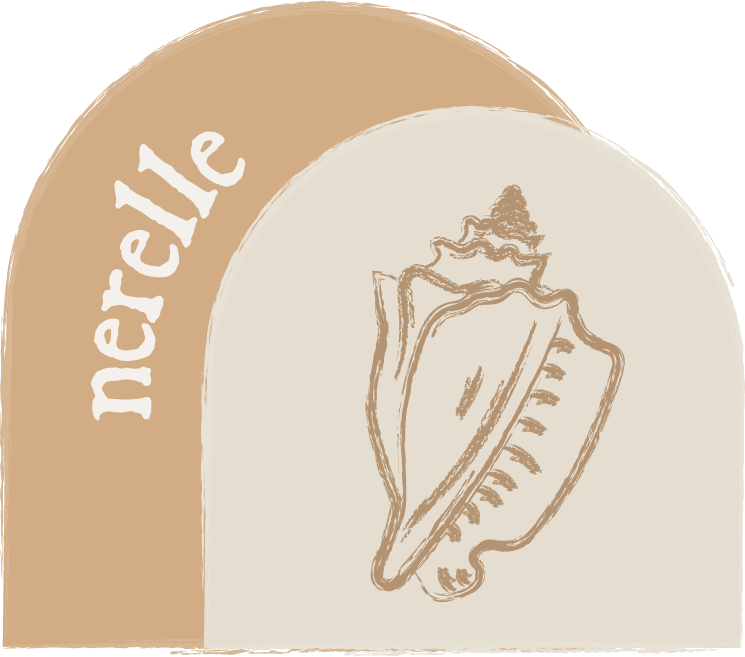After 2-3 weeks of consistent rain in American Samoa, the sun finally came out last weekend!
We wanted to get out of the house while still staying socially distant. Ian suggested an old historic trail by Mt. Alava that we could try, so we grabbed our hiking essentials (water, snacks, and my camera), and got Yodi in the truck and headed east. I’ll spare you the details on how to get there (for now) since the national park is still working on the trail and it’s still technically closed to visitors, but once it officially opens up, it’s going to be awesome.




Yodi and Ian led the way, and Ian shared some of what he had learned about the trail.
It’s said that the trail was used centuries ago when the invading Tongans ruled over Samoa, and Pago village had relocated up to the mountains.



We hiked slowly through the saturated forest. We started around 11am, the skies were finally blue, and we were in no rush.




I wandered around frequently, looking at all the beautiful plants and tall trees, excited whenever I could identify a few of them, like these abundant and beautiful tī plants.





This spot, where the trail crosses these trees, was my favorite. Standing in between the tree trunks, feeling the cold breeze, and the ferns on the ground made reminded me a bit of our trip to New Zealand. It was a nice little escape, and change of scenery for us.





Midway through our hike we stopped for a water break for ourselves and Yodi, and looked out at a great vantage points of coastal Pago Pago and the stream delta that flows into the harbor.





Might be hard to tell from this photo, but you can see my foot, and just a few inches away, the trail drops almost straight down. I didn’t realize how narrow the ridge was until I took this photo.


The hike had some difficult parts. We hiked along the Alava ridge and in some areas found ourselves scaling across steep and slippery mountain faces.



Not pictured, but as we neared the end of the trail, we climbed two steep sections with the provided rope. I had to hold on to tree roots as I ascended the slippery slope, and alas — we made it to the top.



Up here, is where Pago Pago village had moved up to long long ago.
There is also an archaeological site where a starmound (or tia seu lupe) sits.



We hiked back even slower than we started, just admiring all the plants — the mushrooms, random seeds I couldn’t place, coconut trees growing in thickets at the bottom, and in weird shapes. It was overall such a relaxing and enjoyable hike. I’m excited to come back here again in the future, and to learn more history surrounding it.




0 Comments